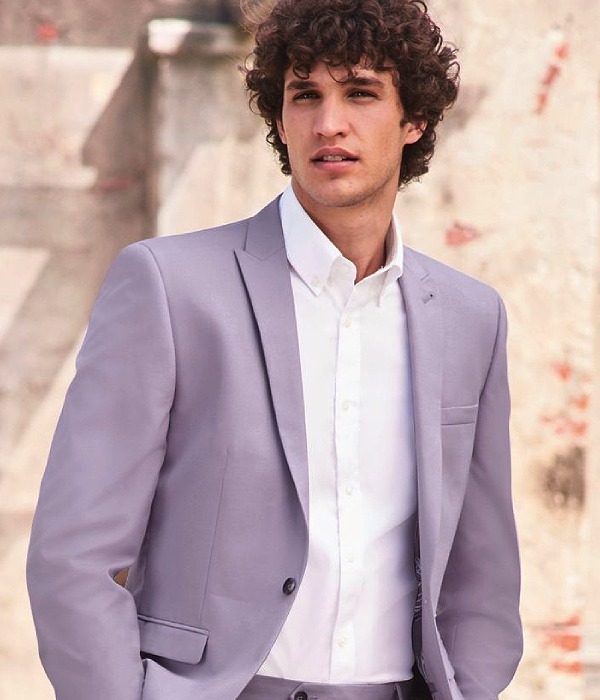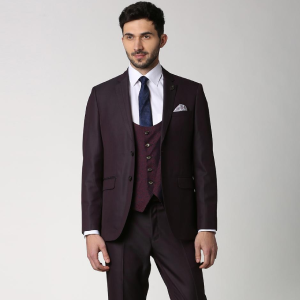
CAN I WEAR PURPLE SUITS?
Before I take a plunge into discussing whether men can wear purple suits or not, let’s do my bit to study purple as a color in men’s wear among the various hues already available in the market. You’ll understand why purple can be the most powerful shade to reach out for when you’re looking for a pop of color in your ensemble.
I’ve touched upon many colors in the past including blue, grey, orange, green, to name a few. But, as a men’s suit color, purple is more often than not neglected, underutilized or deliberately ditched. What’s the reason, I don’t know. Maybe the color was exclusively reserved for the garments of emperors and kings, made with unique and valuable dyes. If you think purple is hard to make, it isn’t. Also, its use isn’t limited to the who’s who these days. One doesn’t have to be a dandy or inherit the royal blood to work purple into his closet.
It pays to remember that purple generally comprises a range of shades or gradations: some with more pink or red in them, others sporting tones of brown, burgundy or maroon, flatteringly reddish purples, especially in men’s suit wear. You can google online to know the different varieties of purple color. Mentioning those here will be beyond the scope of the blog. I’ll be discussing a few general guidelines for wearing purple. However, I am afraid I may miss a few points in the process.

In the event of your wearing one item that’s purple, you run the risk of sporting any other bright color. Consequently, you’ll look really outlandish. The trick is to tone down your purple’s saturation levels—either pick red wine or olives.
On the flip side of things, you can wear purple easily alongside beige, gray and navy. Put simply, it syncs with three of the most versatile and classic men’s wear colors available, in addition to other staid colors including olive green. Blue, which has stronger family ties with purple, as a color, can fashion particularly brilliant combinations (trust me!). Make your shirt a tad lighter increasingly muted tone of purple. This said it doesn’t have to be monotonous. Work around the earthly tones of your latest suit using a shiny pair of Chelsea boots in dark brown color.
The impact of purple isn’t too pronounced when worn by light-skinned individuals, though it can show up more pink in your face if you tend to wear a major part of it up close to the head, like a bright purple sport coat or shirt, though I don’t recommend this ensemble. If you have browner skin, go for stronger varieties of purple, which also holds true in the case of any bright tones of colors, as you’ll find that there’s comparatively less severe tonal contrast.
In terms of accessories, because purple is still a bold hue, ensure to keep your shoes, shirt, pocket square, and may be even your watch unassuming. And, last but not the least, purple is obviously different, but don’t think you can’t pull off a good look with it. It goes without saying that putting on a plum suit would instantaneously help score some quick brownie points. Well, if you’re strong in the fundamentals of suiting, never be afraid to test the waters.

